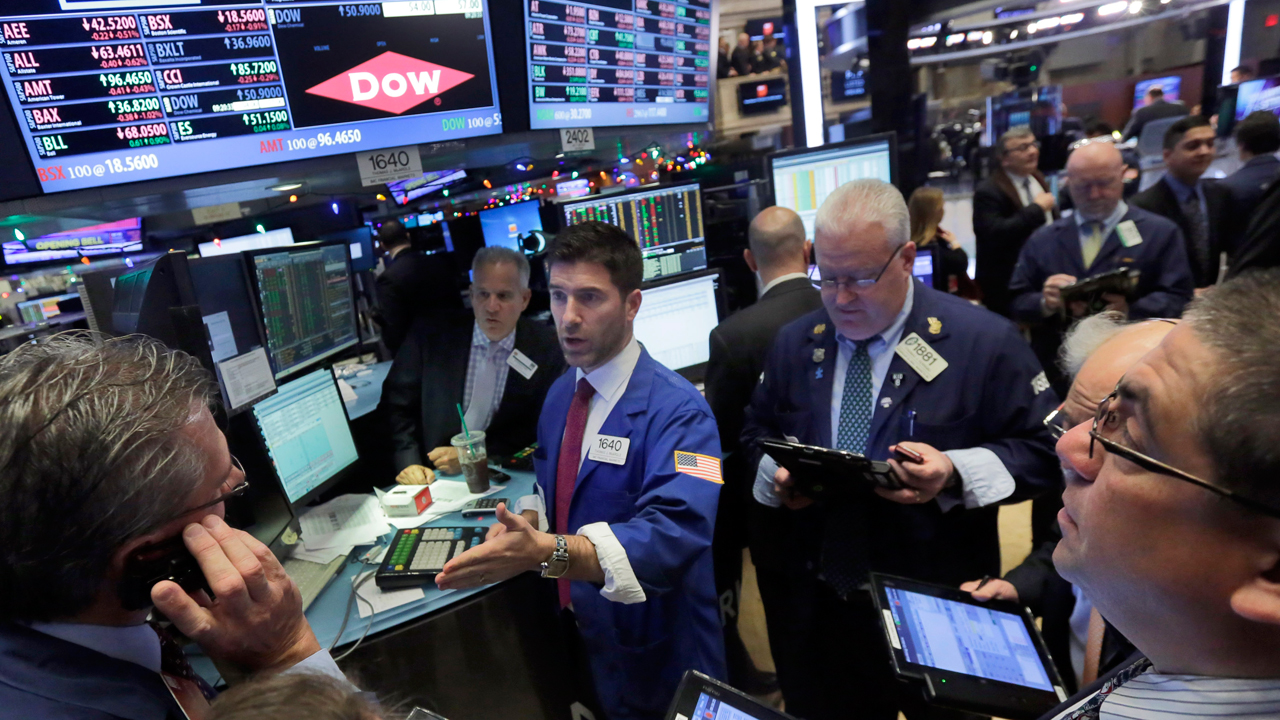Market Rally Pauses Ahead of Unusually-Hectic Summer
It’s been a rocky year for Wall Street – and the uncertainty surrounding the Federal Reserve’s path on interest rates and political uncertainty across the pond haven’t helped matters much.
From the S&P 500’s February 11 intraday low, the index has rallied nearly 15%. However, on a year to date basis, the broader averages are up more than 1%, while the Nasdaq has pared its losses to trade down just more than 4.5% for the period.
Summertime is traditionally a quiet period for Wall Street as trading volumes dip and news flow slows. But this year is on track to be much different with a slew of significant events set to grab investors’ focus. From Brexit to the Fed, analysts are unsure exactly what to expect.
In late June, British citizens will take to the polls, voting whether their nation should keep its membership within the European Union, or move to exit. The outcome of the so-called Brexit referendum is uncertain, and markets are far from making a bet one way or another.
Meanwhile, in the U.S., all eyes are focused on monetary policy, which could shift if turmoil overseas heats up once again should Britain opt to leave the EU.
“We believe the Fed is less concerned about global growth risks…although the risks have waned modestly after [President] Obama’s visit to the United Kingdom, we continue to caveat this expectation with the Brexit outcome. If fears of a Brexit severely escalate leading into the June FOMC meeting, this could cause a policy hike delay until the July meeting,” Jennifer Vail, head of fixed income research at U.S. Bank Wealth Management, said in a note last week.
On June 14 and 15, the Federal Reserve will meet again for a two-day meeting to decide whether to adjust monetary policy. Interest-rate increases are the topic du jour for the markets, but Wall Street isn’t expecting the U.S. central bank to make a move to raise rates at that meeting. In fact, markets aren’t fully pricing in a rate increase for the remainder of 2016, despite commentary from Fed Chief Janet Yellen in December that the central bank would move rates higher at least four times during the year, before paring back that expectation to two at the beginning of the year.
Fed Funds futures, a tool used to measure the market’s views on the likelihood of changes to U.S. monetary policy, show the odds of a June rate hike at just 8%. By December, the odds of at least one rate rise move up to 56%.
The central bank has remained steadfast in its message that it will rely heavily on incoming economic data before it makes a move on rates. Last Friday, the April jobs report showed a slight slowdown in job creation, though wages moved slightly higher. First-quarter GDP growth also showed a significant slowdown from the economic growth rate from the fourth quarter of 2015, while factory and services sector data have diverged and consumer confidence has remained flat.
“As of last Friday, we found out all over again that bad news is good, and the markets have taken off ever since,” Danielle DiMartino Booth, former Dallas Federal Reserve advisor, told FOX Business Network’s Neil Cavuto on Wednesday.
She explained that in her view, the Fed will continue to support the markets by keeping rates low – but it comes at a cost of markets that remain range bound.
However, Scott Wren, senior global equity strategist at Wells Fargo Investment Institute, said in a note that in his view, the markets are simply taking the opportunity to breathe.
“Stocks just don’t march higher endlessly. They frequently experience pullbacks, often based on doubts over the strength of the economy and earnings, or just the fatigue of staging a meaningful rally in a very short period,” he explained.
He went on to say that the day-to-day action in the markets has been confusing for many investors as economic news makes equities swing in any given direction whether it comes in above or below expectations. He said the best bet for investors is to ignore the daily swings, and look ahead by a week or a month.
“The economy is slowly moving in the right direction. We look for a noticeably higher S&P 500 by year end,” he said. “What the market is going through now is a period of noise and consolidation.”




















